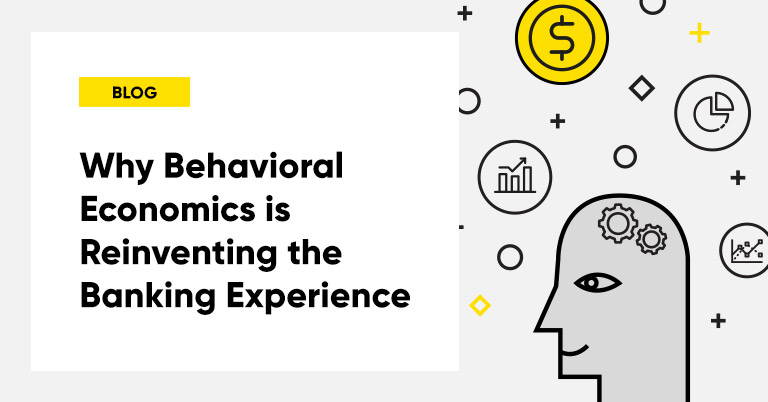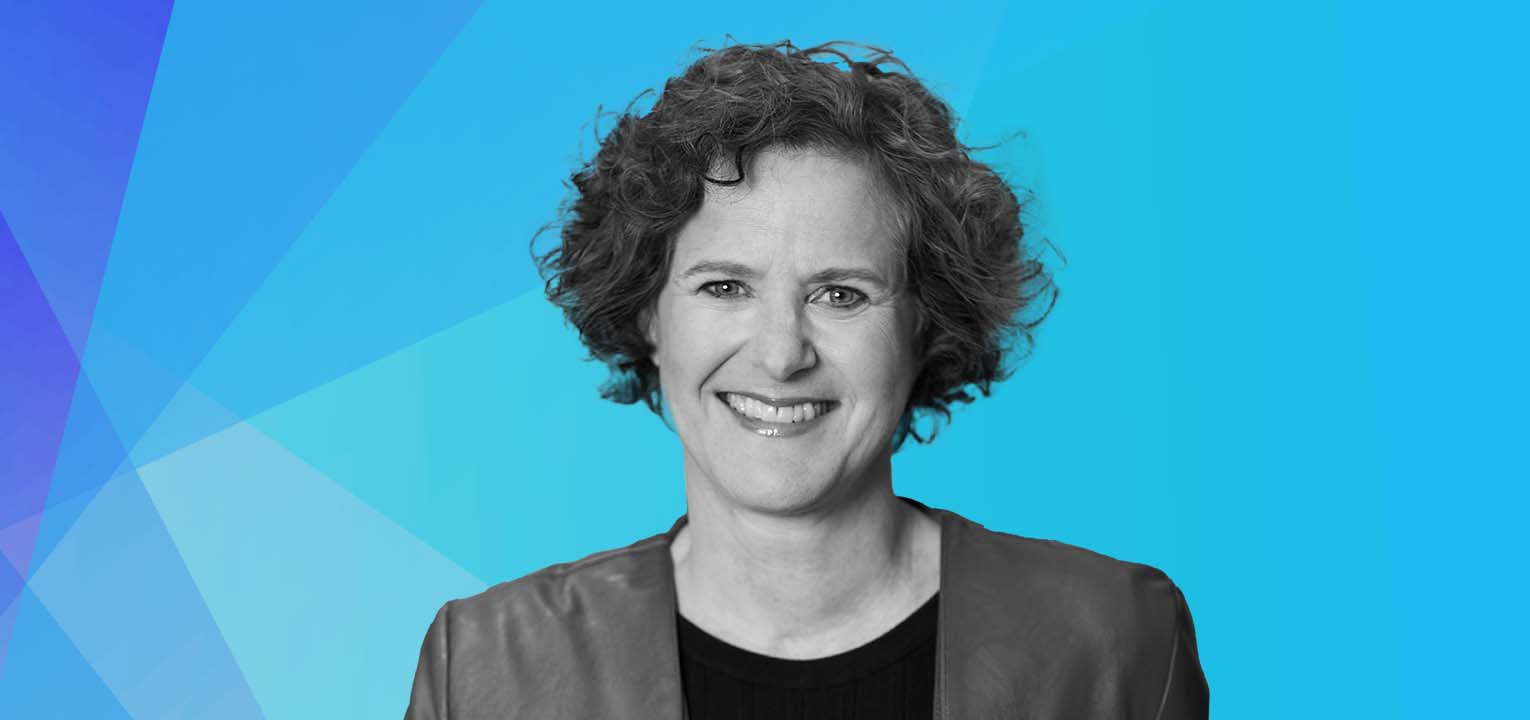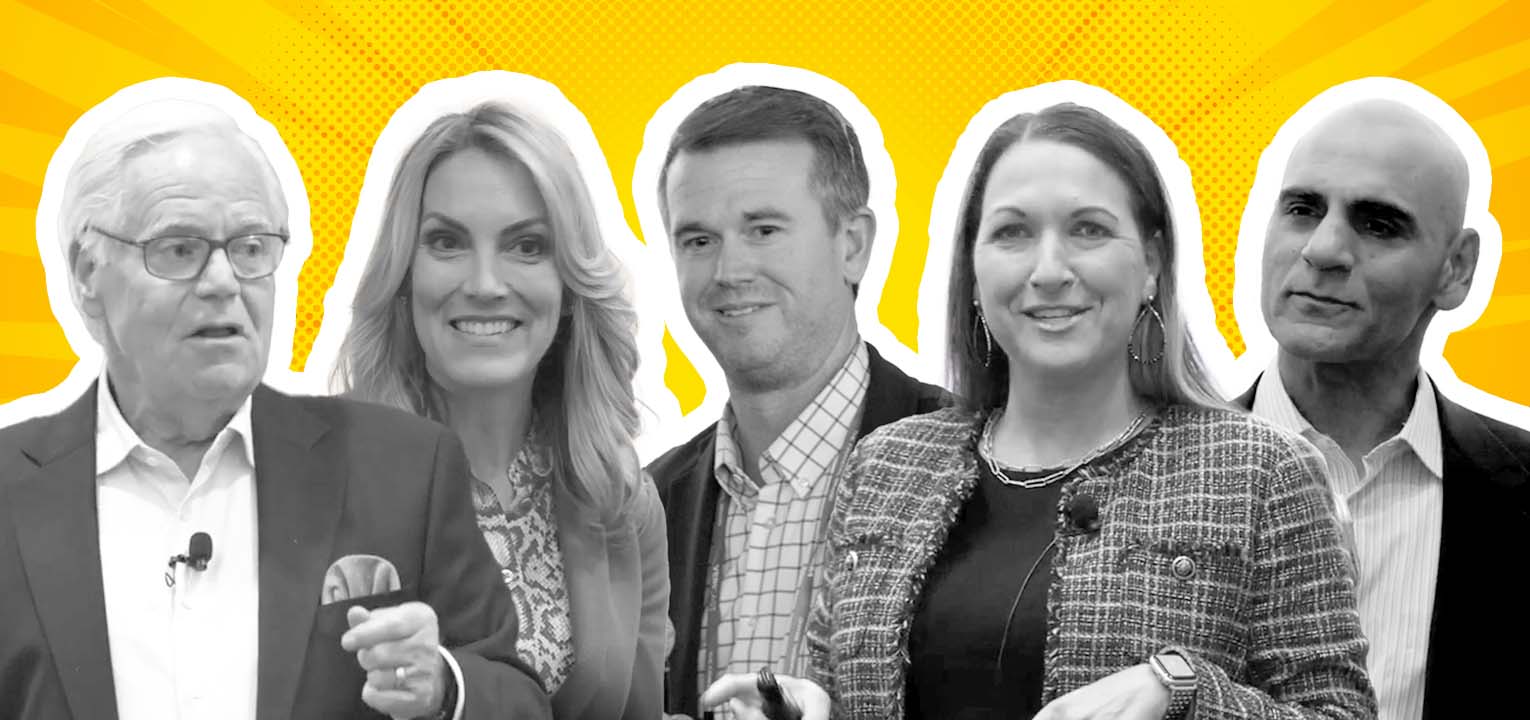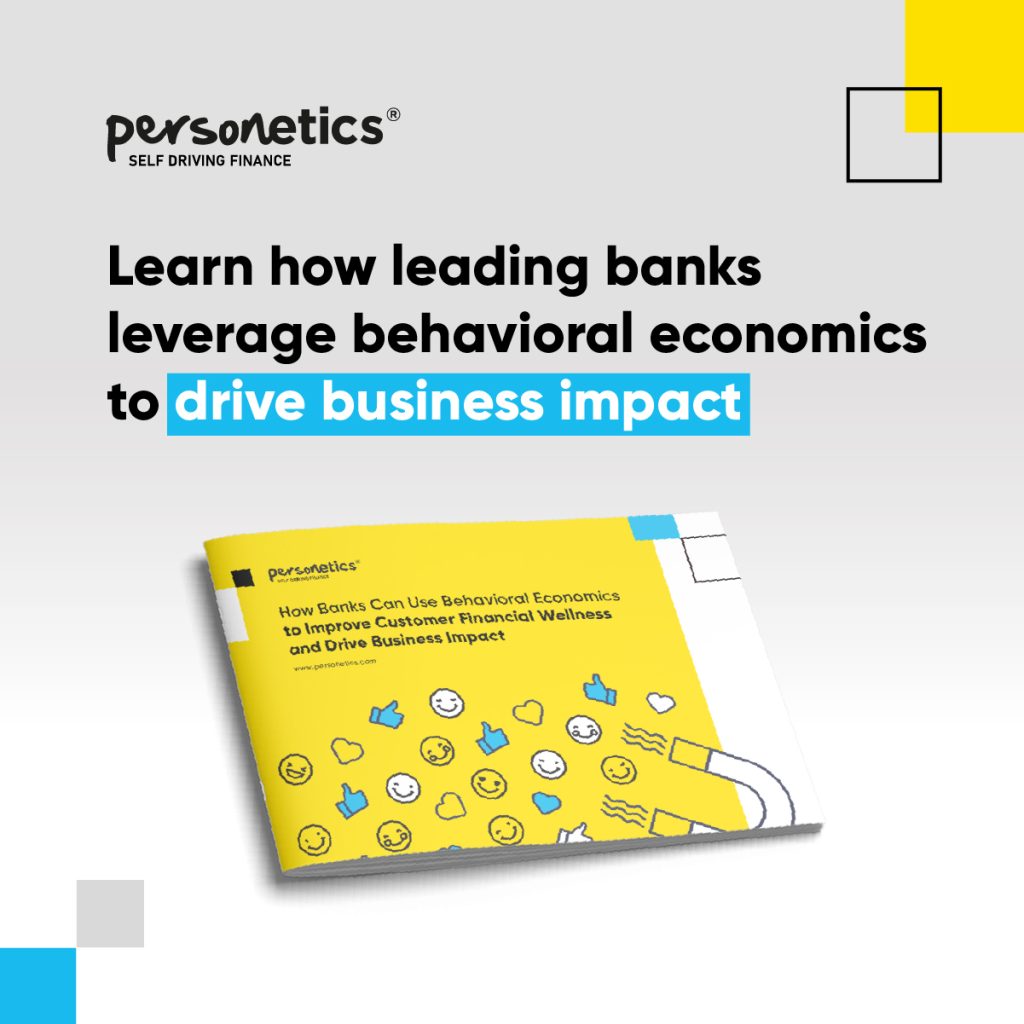April 14, 2022
Why Behavioral Economics is Reinventing the Banking Experience

Customers are demanding that their banks take a more active role in helping people manage money and organize their financial lives. Financial institutions have an opportunity to change the way they work with customers, to help customers make better financial decisions, and to guide customers to better financial wellness. This new way of banking is based on behavioral economics.
The traditional model of financial services was based on the idea that people are rational actors who make logical decisions in their own best interest. But recent research from the field of behavioral economics has shown that the truth is more complicated: many banking customers need help to make better choices about their finances.
Behavioral economics solves the complex, messy ways that people make financial decisions in the real world. Instead of making optimal choices based on a rational evaluation of the facts, people’s decision-making tends to be ruled by emotions and cognitive biases.
It’s important for banking leaders to understand key concepts of behavioral economics, so you can support your customers in making better long-term financial decisions and helping them with money management. This helps financial institutions make a positive difference in the lives of their customers and deepen their customer relationships.
Behavioral economics can support financial wellness for your customers – and drive business impact for your institution with increased customer engagement, more effective cross-sell targeting, higher productivity for bankers and financial advisors, and more.
Let’s take a closer look at behavioral economics for banking and how to integrate these concepts into your banking experience.
Why Banking Customers Need Behavioral Economics
The field of behavioral economics has expanded our understanding of how people make economic choices, by combining concepts of economics and psychology. Behavioral economics shows how the human mind is vulnerable to cognitive biases – mental mistakes, misinformation, and misunderstandings. These biases unfortunately cause people to make short-sighted financial choices that undermine their long-term financial wellness.
Cognitive biases come from complex cultural, emotional, and social factors. Sometimes people get well-intentioned but incorrect advice from a friend or family member. When cognitive biases collide with money decisions, it can lead to bad results: people might fail to save for their future, over-spend in reckless ways, or prioritize their short-term gratification at the expense of their long-term financial needs.
Download our Behavioral Economics eBook
Behavioral Economics, Money Management, and a New Model of Banking
It’s time for a new model of financial services that reflects the imperfect, all-too-human ways that people make money decisions in the real world. The latest research from behavioral economics, combined with financial automation technology, is creating a new model of what the banking industry can be.
By leveraging the concepts of behavioral economics and financial automation technologies, your institution can support your customers’ money decisions with advanced money management capabilities. By supporting customers’ financial wellness with personalized advice at scale, you will also drive business impact.
Instead of just selling products and issuing loans, financial institutions can become helpful, trusted advisors that proactively look out for their customers. Understanding behavioral economics can help FIs guide their customers through financial decisions with helpful advice, friendly nudges, and personalized recommendations to stay on the right path for long-term success. Protecting customers from bad decisions adds value for the FIs too – by helping the institution take on a proactive role as trusted advisor that acts on behalf of the customer with automated financial wellness programs and “Self-Driving Finance.”
How Behavioral Economics Affects Banking Customer Decisions
There are a few key examples of cognitive biases that behavioral economics has identified as holding people back from making good decisions about money, and how banks can help:
Overcoming “Present Bias” to Save for the Future
People often struggle to save for the future, because it doesn’t feel real; people tend to have a bias toward their current circumstances and stage of life. Why save for a future that feels far away? Banks can help with this by making saving automatic.
Beat the “Anchoring” Problem with Relevant, Influential Numbers
Another cognitive bias in money decisions is called the “Anchoring” problem. When people are researching a financial decision, they tend to remember the first number they see or hear. This first number then becomes the reference point or “anchor” for future decisions. By showing people exactly how much they can afford to save (based on their actual customer transaction data), financial institutions can encourage people to save more.
Zeigarnik Effect – Help People Save Without Being Overwhelmed
The “Zeigarnik Effect” is another psychological concept that shows how people tend to get stressed and overwhelmed by open-ended tasks, so they procrastinate. This can hurt people’s long-term savings; if they feel like saving is too big of a task, they might never start. Along with making saving automatic, FIs can reassure people and strengthen their savings habits by showing notifications and signs of progress as they save toward their financial goals.
Nudge Theory – Guide People with Positive Reinforcement
Nudges are a form of friendly reminders and positive encouragement to incentivize people to make good decisions, such as notifications about low balances, or suggestions for savings goals. Nudges can remind customers to take action, reassure them that they’re on track, and keep encouraging them to make progress.
Counter-acting your customers’ cognitive biases can help your institution provide a digital banking experience that encourages better money decisions and a higher level of financial wellness.
How Behavioral Economics Drives Business Impact
Why should banking leaders care about behavioral economics? Not only is this an empowering, customer-centric way to support customers, but it is creating new opportunities to drive business impact.
Here are a few ways that behavioral economics can help drive transformation and create ROI for your institution:
- Boost Deposits: When saving money is transformed from a stressful chore into a pleasant surprise, customers can automatically save significant amounts of money, helping to increase deposits for your institution.
- Provide advanced Money Management: FIs can automatically manage money for customers and move their customers to a higher level of financial wellness, with helpful suggestions, personalized advice and insights, and automated programs to help spend smarter, save money, manage debt, or begin to invest.
- From FOMO to JOMO: Customers go from “Fear of Missing Out” (worrying about saving enough money, worrying about paying the bills) to “Joy of Missing Out” (knowing that their bank or credit union is looking out for them and helping manage their finances automatically).
- Better customer retention: What if your customers loved your banking experience so much, that they would never want to leave – and would spread the word to their friends and families?
- Deeper customer relationships: bigger Customer Lifetime Value, more relevant recommendations and product-based advice, increased deposits, more customer engagement, more productive conversations for bankers and financial advisors, and better performance on business KPIs
Ready to see how behavioral economics and financial automation technology can deliver results for your institution?
Learn more in our new eBook on behavioral economics for banking: “How Banks Can Use Behavioral Economics to Improve Customer Financial Wellness and Drive Business Impact.”
Want to explore how your bank can harness the power of AI to engage and serve customers? Request a demo now
Latest Posts

Explore our Spring Release Highlights – From Integrated Marketing Offers, to Custom Trackers, and AI Innovation

Showing the Human Side of Digital Banking: Insights from Desjardins' Nathalie Larue

The Emergence of Cognitive Banking at This Year's Financial Brand Forum

David Sosna
Co-Founder & CEO
David Sosna has more than 20 years’ experience in the financial services arena. Prior to founding Personetics, David was co-founder and chief executive officer of Actimize, the leading provider of financial crime, risk and compliance solutions. Under his leadership, Actimize was recognized as a global leader in the financial services market and was acquired in 2007 by NICE Systems. Prior to Actimize, David founded Gilon Information Systems, which grew under his leadership to become Israel’s largest business intelligence company. David graduated from the Department of Industrial Engineering and Management at Ben-Gurion University.










